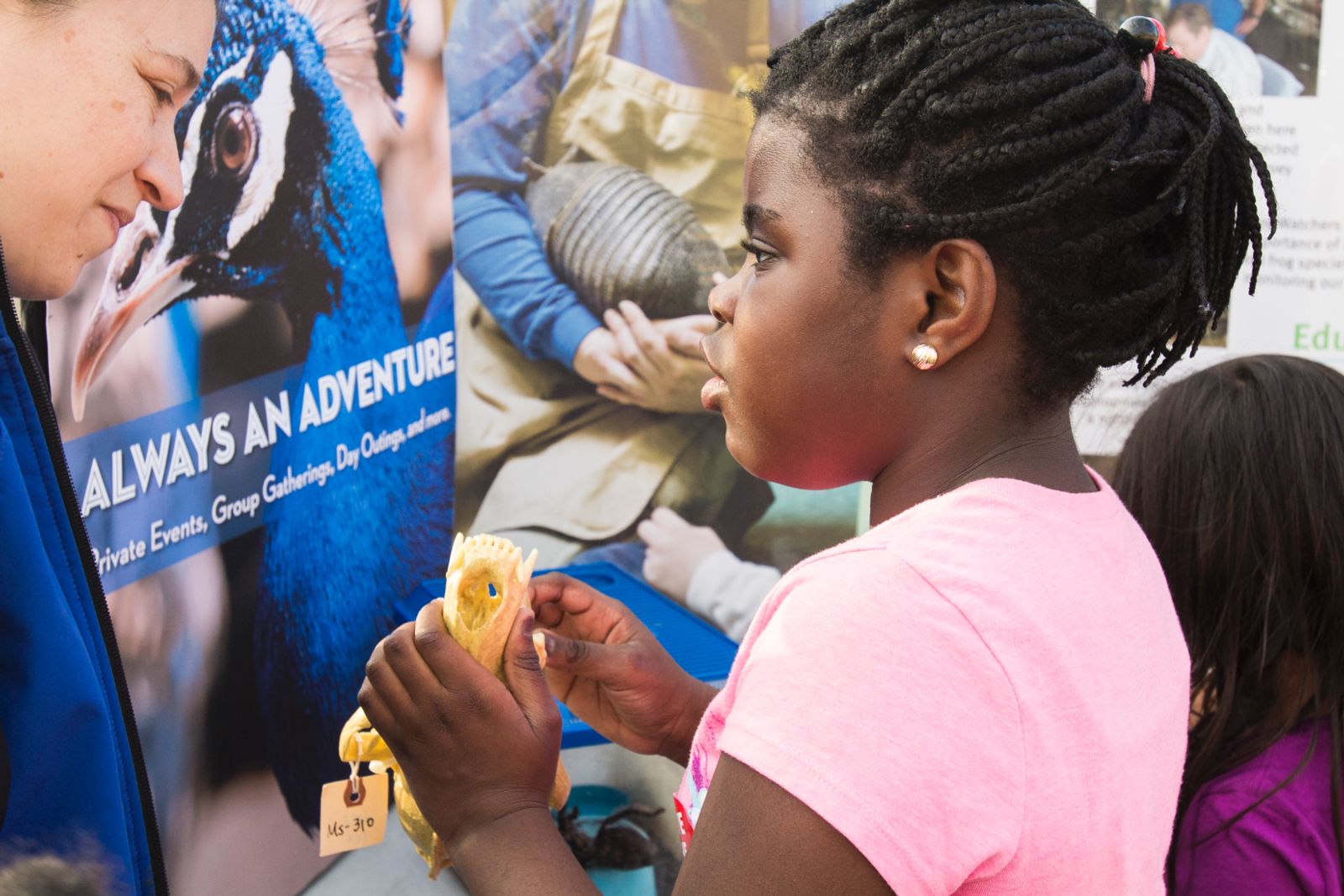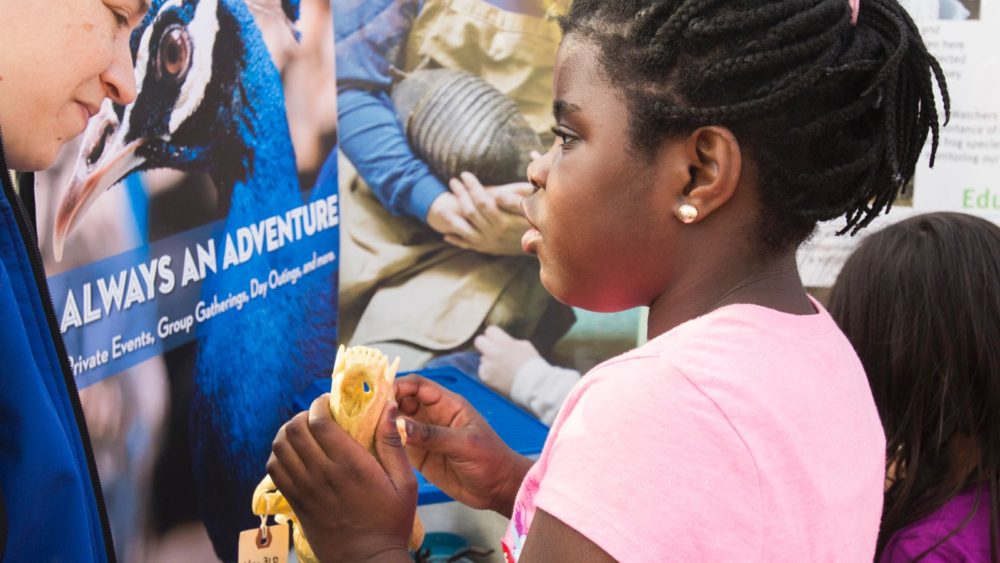 |
Are you interested in collaborations that bridge out-of-school and in-school STEM learning? Check out the new peer-reviewed online journal, Connected Science Learning, a project from the National Science Teachers Association and the Association of Science-Technology Centers.
Connected Science Learning is a useful tool for educators and policy makers, as it highlights effective models of schools and teachers working together with afterschool and summer programs, along with informal science education instituations such as science centers, zoos, and museums. Each issue of Connected Science Learning features articles in four categories: “Research to Practice, Practice to Research,” “Diversity and Equity,” “Emerging Connections,” and “Connected Science Learning Briefs.” The recently-released second issue focuses on professional development.
Check out a few of our favorite articles from the first two issues.
New evaluation data from a school-university-afterschool partnership: Science Club, a partnership between Northwestern University, Chicago Public School teachers, and the Boys & Girls Club of Chicago, uses long-term mentoring relationships to engage low-income urban youth in science. We’ve profiled Science Club before, and they even won our 2014 Afterschool STEM Impact Award!
In the first issue of Connected Science Learning, they reveal impressive evaluation data showing that students that participated in Science Club improved their science fair project grades across the board. Read more about Science Club in issue one of Connected Science Learning.
An explainer on STEM learning ecologies:You may have heard the phrases “STEM learning ecosystem” or “ecology of learning.” This article parses out exactly what that means, and how connected learning can assist in accomplishing the same goals. Through the framework of STEM learning ecologies, we understand that learning takes place in all environments (school, home, afterschool, and more), all of the time, and is influenced by the people and the opportunities surrounding a student. Connected learning refers to effective and intentional ways of connecting students to external resources, and in turn expanding a student’s learning ecology. Read more about how these two concepts are linked in issue one of Connected Science Learning.
Supporting girls in career and technical education with SciGirls: In an initiative to increase the number of girls in STEM career pathways, SciGirls, a PBS media education initiative, is working on a new project that provides teachers with professional development in career and technical education (CTE), gender-equitable teaching strategies, and trainings on the importance of female STEM role models. The course emphasizes their original “SciGirls Seven,” which provides concrete, research-based strategies to engage girls in STEM.
Over the next two years, SciGirls Strategies will train 48 more teachers and reach more than 400 girls in Twin Cities-area schools. For afterschool providers interested in the CTE space, the findings are likely to be applicable. Read more about SciGirls Strategies and the research that they are conducting in issue two of Connected Science Learning.

Comments are closed.